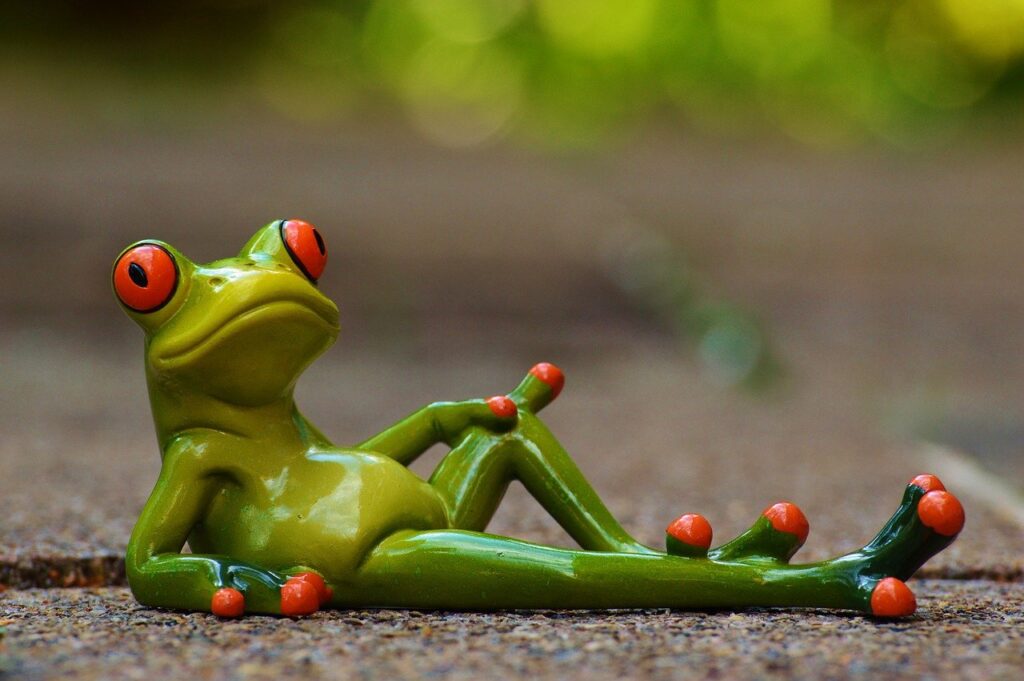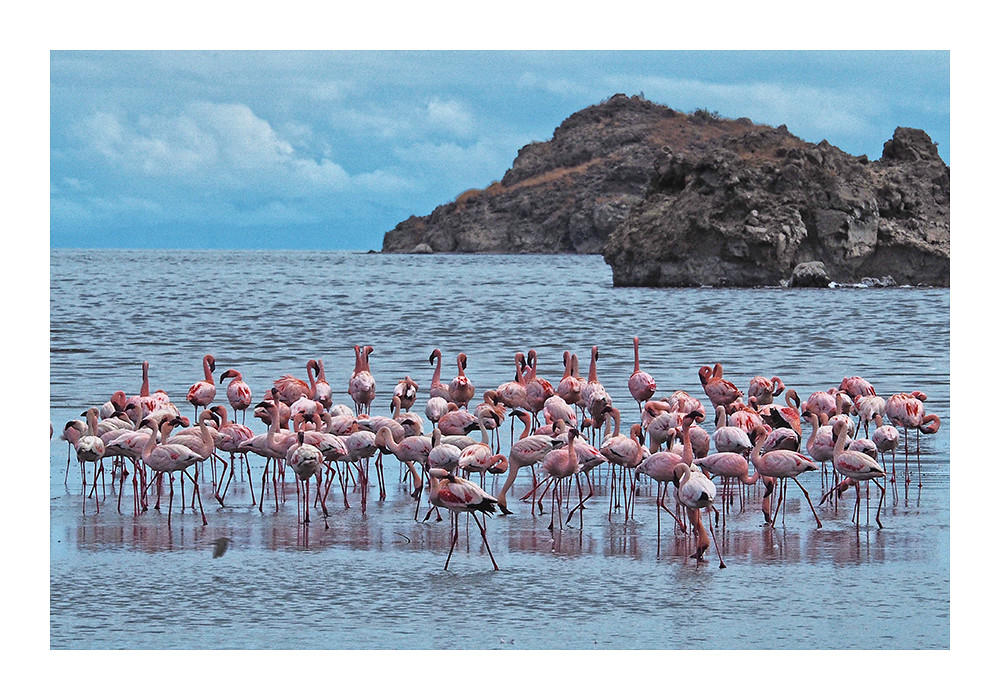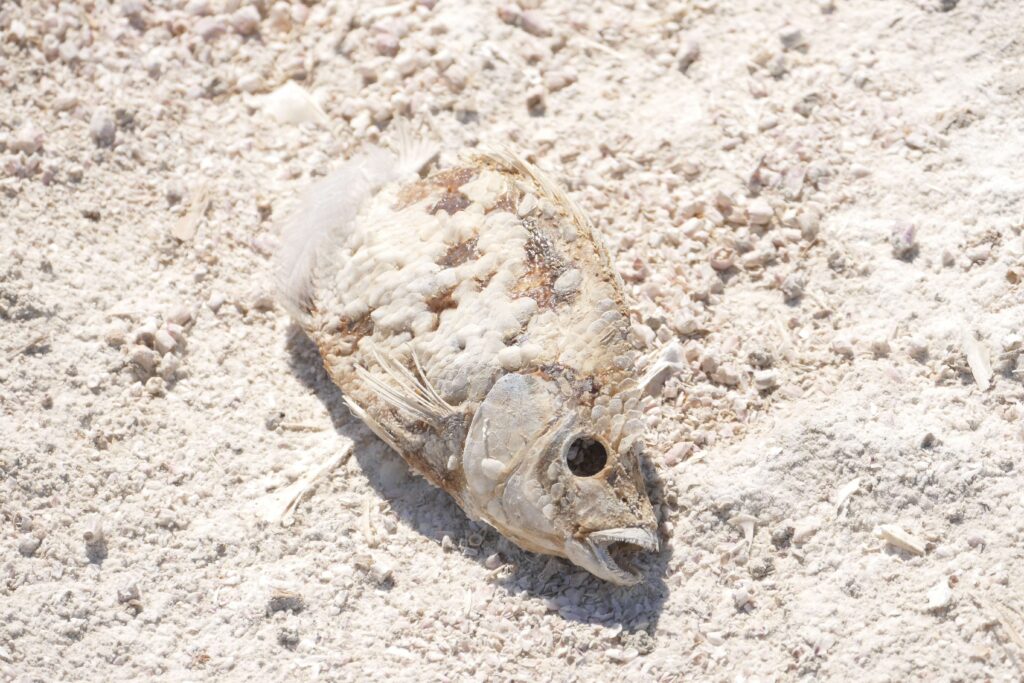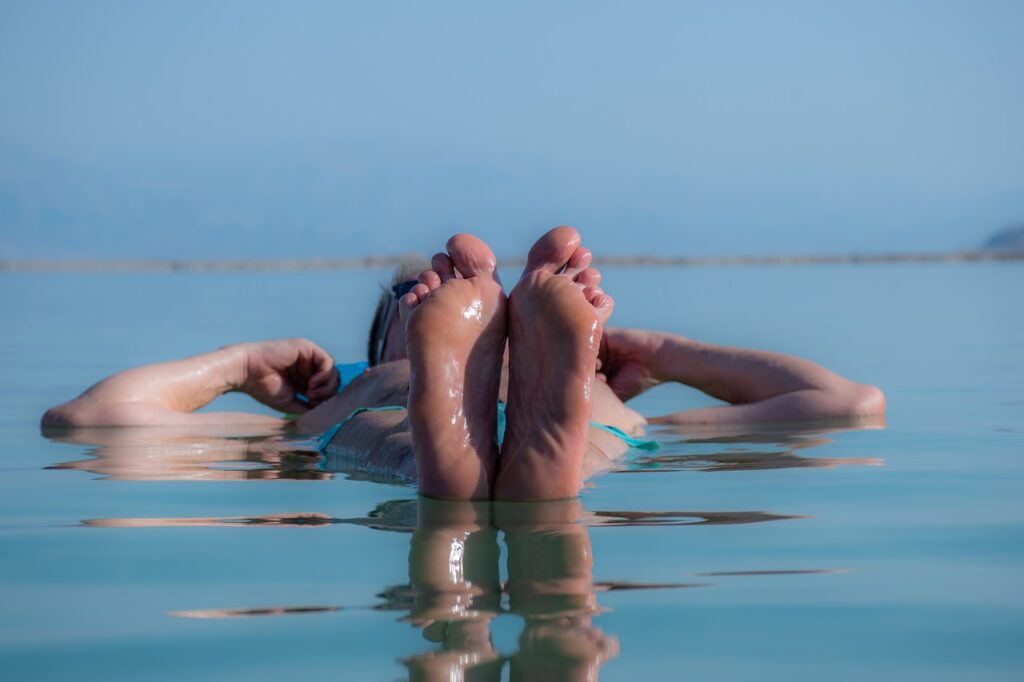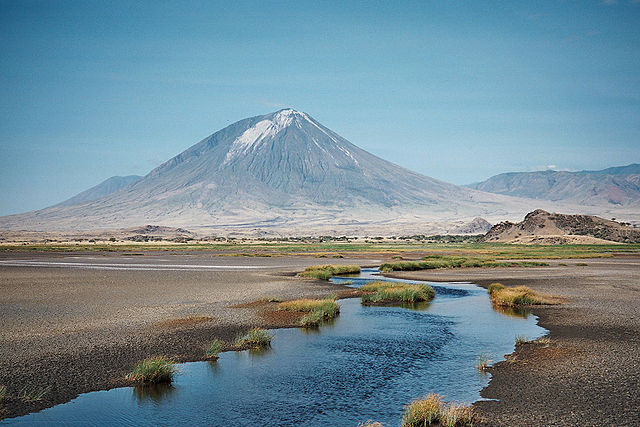Frogs can create sunscreens, according to what we’ve heard. However, why do frogs require sunscreen? What kind of frog makes it? When do the frogs release it? How do the frogs apply it? Why are humans unable to generate sunscreen?
There are more than 5,000 species of frogs on the earth, with more being found every year by experts. With so many species comes a lot of variety and diversity; these amphibious species have evolved to specialise in their environments in ways that even the most imaginative fiction writers couldn’t imagine.
Species range in size from a fingernail to almost a foot long, and some have bizarre adaptations including poisonous skin, the ability to fly, and the ability to survive the cold by simply freezing (and thawing back out when it warms up again).
Let’s learn more about Sunscreens.
Sunscreens are used to protect the skin from the sun’s damaging rays. They protect you from sunburn and early aging. Sunscreens can also assist to reduce the risk of skin cancer and sunburn-like skin reactions (sun sensitivity) that can be induced by some medications. The active chemicals present in sunscreen either absorb or reflect ultraviolet (UV) light, preventing it from reaching the deeper layers of the skin. But, wearing sunscreen does not imply that you can stay in the sun for longer.
We, as humans, require sun protection, which is why we wear sunscreen, but why do frogs produce it?
Not all frogs make sunscreen, and not all frogs require it.
There is a frog species that lives in South America’s arid scrub woodlands. This plump little frog spends the majority of its time in the trees, where it snoozes in the scorching sun for hours at a time.
They are well known as Monkey frogs.
Monkey frogs are mostly found in eastern Bolivia, northern Paraguay, Mato Grosso do Sul (Brazil), and northern Argentina’s Dry Chaco woodlands. They spend the majority of their time in the vicinity of temporary lagoons and ponds, where they are surrounded by trees and other plants.It can be found between 0 and 800 metres (2600 feet) above sea level.
Why is it called Monkey Frog?
The Monkey frog, as its name suggests, enjoys climbing and belongs to the tree frog family. It can be found in warm tropical rainforests, sitting in trees high above the ground. It has also been spotted in Brazil’s drier ‘cerrado’ jungle.
Waxy frogs have hands and feet that are similar to those of the white tree frog, and they can grasp branches and other objects with them. As a result, instead of jumping, they climb a lot. The frog’s well-adapted hands are used to grip tree branches and assist it in walking through its treetop environment rather than hopping (thus the “monkey” in its name).
They are nocturnal and will sleep on a preferred perch for the majority of the day before becoming active at night to hunt.
Most frogs can’t stand being in the sun for lengthy periods of time because it dries out their porous skin, which needs to be hydrated.
To decrease evaporative water losses, several species of frogs release secretions from cutaneous glands and wipe these secretions over the body surfaces. They usually become immobile in water-saving positions.
The monkey frog (Phyllomedusa sauvagii), on the other hand, creates a waxy material that forms a protective layer on its skin—basically, frog sunscreen.
However, how do monkey frogs make sunscreen?
The glands behind the frogs’ eyes produce a thick waxy fluid that is smeared all over the body, much like you or I would apply sunscreen.
The frogs have the best temperature tolerance of any free-ranging amphibian thanks to the wax, which seals in moisture and helps keep heat out.
But only the monkey frogs require it, while the rest of the frogs do not?
These frogs prefer to live in drier woodlands in the wild. They are tree frogs who enjoy climbing. Waxy monkeys prefer it hotter than the majority of frogs. They also require a temperature differential in order to thermoregulate and maintain body temperature control.
As a result, the waxy monkey frog of South America is specially evolved to absorb sunlight, allowing it to thrive in the hot, dry environment of its native Argentina, Brazil, Bolivia, and Paraguay.
We apply sunblock with our hands. How does the frog apply it?
The answer is, in a nutshell, is: Back Legs.
The frog uses its extremely flexible rear legs to walk over the trees as well as to spread the waxy secretions across its entire body.
Will it hurt me if I touch the waxy secretion? Is it a poisonous?
It taste bad to the predators, which makes them less likely to consume the monkey frogs. Some Amazonian tribes (the Matses and Mayoruna) that live in the rainforest utilize this poison to sharpen their senses and improve their hunting luck, but it also can make them sick.
What does the secretion from Monkey frog contain?
Dermorphin, a rare natural opioid 40 times stronger than morphine, is present in the frog’s secretions. A synthetic version of the substance has been used illegally as a strong performance-enhancing drug for racehorses in the United States in recent years.
The wax of the giant monkey frog (Phylomedusa bicolor),, has a wide range of applications.
In 1925, French missionary Constantin Tastevin witnessed Amazonian hunters carrying little smoldering twigs, burning themselves, and then applying waxy frog secretions (dubbed sapo) to their wounds. The sapo made them vomit, sweat heavily, and even pass out, but as those adverse effects faded, the hunters appeared to become more alert and agile.
Since that first discovery, scientists have been able to obtain the secretion in order to investigate its possible medical applications. So, what were the outcomes? Microbicides that could help prevent HIV transmission and a painkiller 40 times more strong than morphine.
They are certainly adorable, lovely, and not at all scary. Why don’t you adopt it as a pet?
Waxy Monkey Tree Frogs are beautiful, portly little frogs who spend their days climbing and hanging from a branch. This allows them to blend in with their surroundings, much like chameleons, and avoid being observed by predators. However, if you can’t afford to remain up all night watching them play in their environment, this trait can make them a little monotonous to keep as pets. Waxy monkey frogs, on the other hand, can be the ideal companion if you’re a night person!
So, how much does it cost? It depends on whether you buy from a breeder or a specialised pet store. A captive-bred specimen will set you back at least $50.
Another distinguishing feature of this monkey frog is that it is nocturnal. The males emerge from their hiding spots at night to make loud calls from the trees and hunt for food. Males make calls to defend territories and attract mates; females, on the other hand, simply go about their business of seeking food! They are carnivores, which means they eat insects and other tiny animals that they can catch.

